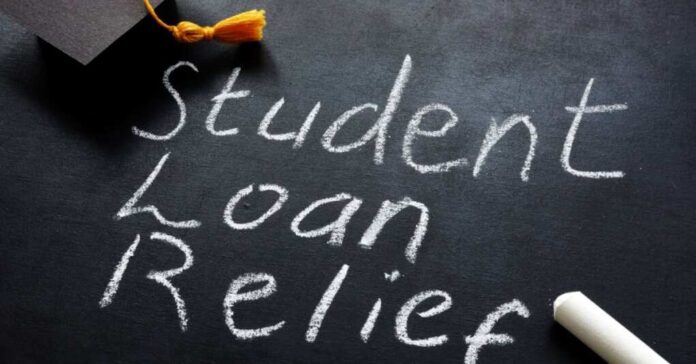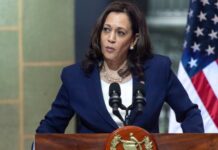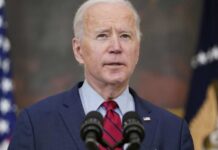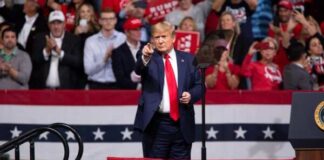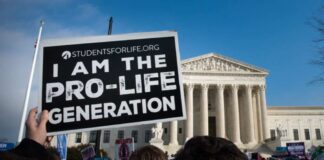President Joe Biden’s administration is rolling out new plans to tackle student loan debt. This hot-button topic has gained significant attention in recent years. This move comes after the Supreme Court shot down the administration’s previous attempt to implement broad-scale debt forgiveness.
The White House, in conjunction with Secretary of Education Miguel Cardona, is pushing for measures that would begin canceling interest balances for borrowers starting early this fall. The proposed plan, part of ongoing efforts by the Biden administration, aims to benefit 30 million Americans.
The administration’s goal is to provide substantial relief to individuals burdened by student loan debt. According to Secretary Cardona, if these plans come to fruition, millions of borrowers could see up to $20,000 in interest canceled, with many others receiving complete loan forgiveness. This builds upon the $146 billion in debt relief approved for 4 million Americans under Biden’s tenure.
The administration’s proposed actions include eliminating accrued interest for 23 million borrowers and wiping out student debt for over 4 million. Additionally, more than 10 million borrowers could see at least $5,000 or more relief. These figures reflect a concerted effort to address the widespread challenges Americans grappling with student loans face.
However, this move is controversial, especially in light of the Supreme Court’s previous ruling against a broader debt forgiveness plan. Republicans have criticized large-scale debt cancellation, arguing that it unfairly burdens taxpayers and disrupts market dynamics.
Last year, the Supreme Court’s decision overturned Biden’s initial proposal to cancel $430 billion in student loan repayments underscored the legal hurdles facing such sweeping measures. White House Press Secretary Karine Jean-Pierre noted that Republican-elected officials initiated the lawsuit that led to the court’s decision, emphasizing the ongoing political divide on this issue.
Despite the setbacks, the Biden administration still needs to pursue student debt relief. The new plan aims to target runaway interest for millions of borrowers and relieve long-term borrowers saddled with loans for decades. It also includes provisions to automatically cancel debt for those eligible for forgiveness programs like SAVE and PSLF.
The administration’s optimism about the plan’s legality and economic impact is palpable. They believe they have a solid legal foundation to implement these measures, citing the secretary’s authority under the Higher Education Act. Officials also argue that debt relief can spur economic growth and mobility, countering concerns about inflationary effects.
However, as the administration gears up for these ambitious changes, it faces challenges beyond legal hurdles. President Biden’s struggle to engage and retain support from younger voters, a demographic crucial for his electoral success, is evident. Recent polls indicate a shift in support among Millennial and Gen-Z voters, with former President Donald Trump gaining ground.
This struggle isn’t just about policy; it’s also about perception. Biden’s promises of relief come amidst a backdrop of broken campaign pledges and a record that’s left many wondering if his administration can deliver on its bold claims. The young voters, in particular, seem less impressed with rhetoric and more focused on tangible results.
While Biden’s efforts to address student loan debt are commendable, they also come across as a strategic move to court favor rather than a genuine commitment to tackling systemic issues. It’s a classic political maneuver—promise big, deliver selectively, and hope the optics overshadow the substance.
These dynamics underscore the complex interplay between policy initiatives, legal frameworks, and political realities. In the upcoming months, there will likely be intense debates and discussions about student loan debt and its impact on broader economic and political landscapes.
As the Biden administration navigates these challenges, its ability to deliver tangible relief while addressing broader concerns will be closely scrutinized. The fate of millions of borrowers hangs in the balance, making this issue a focal point of national discourse and political maneuvering.

